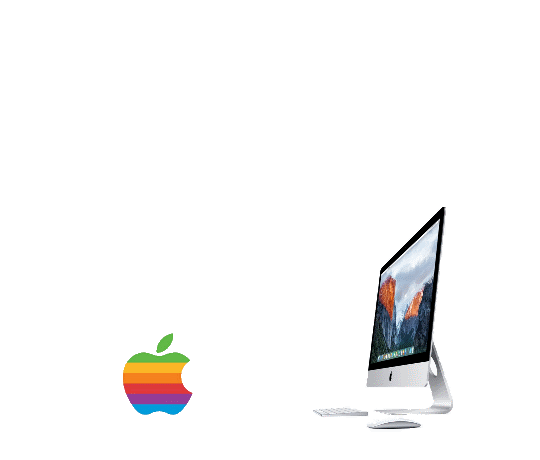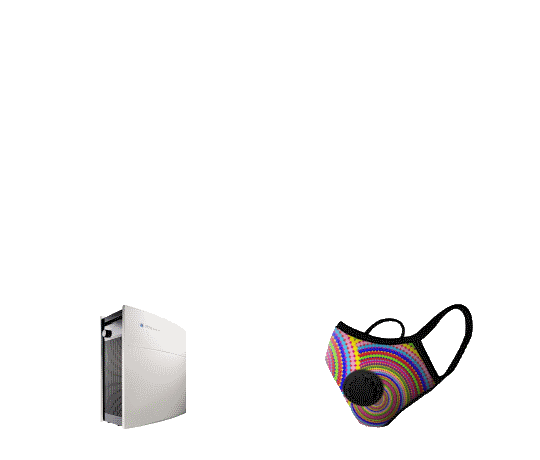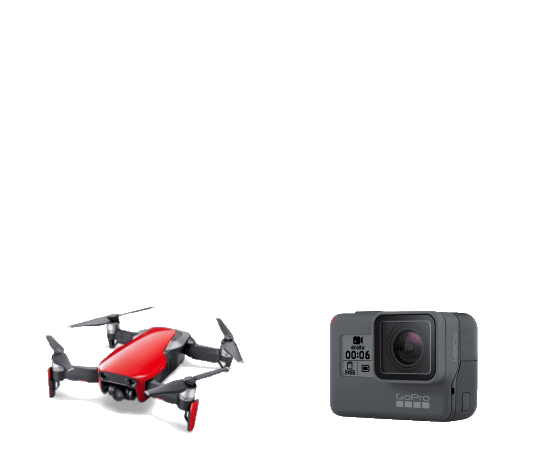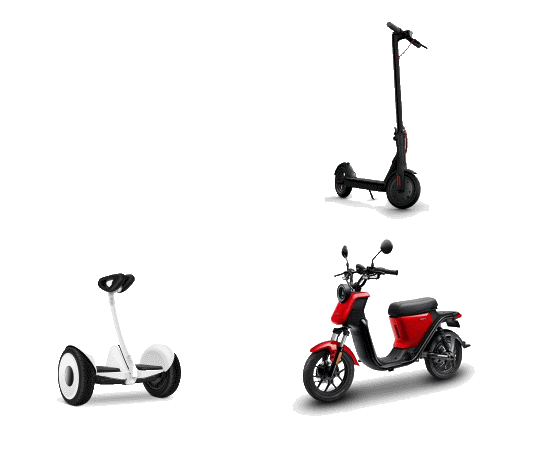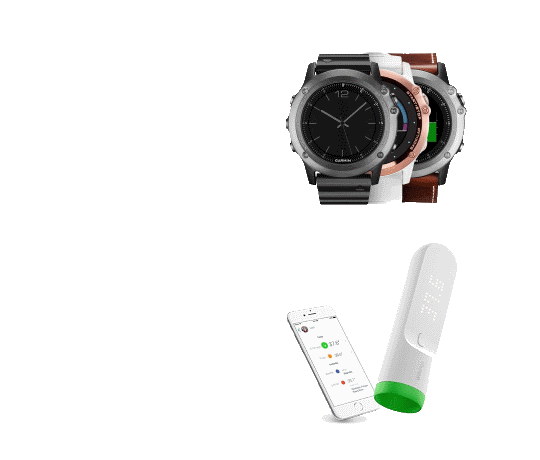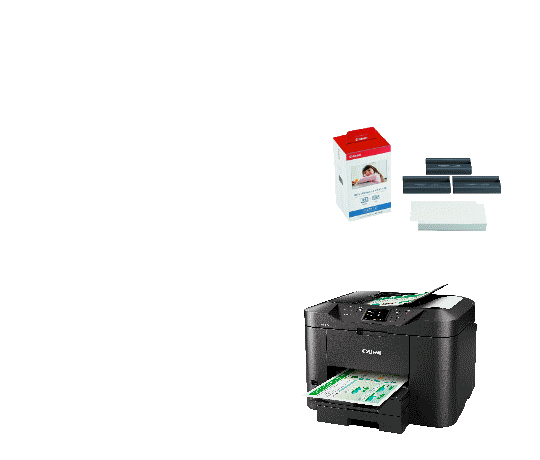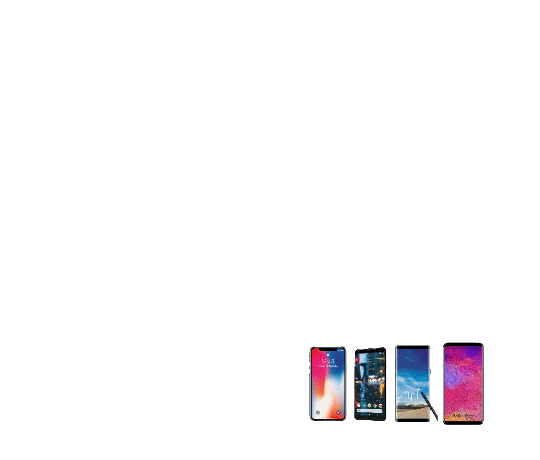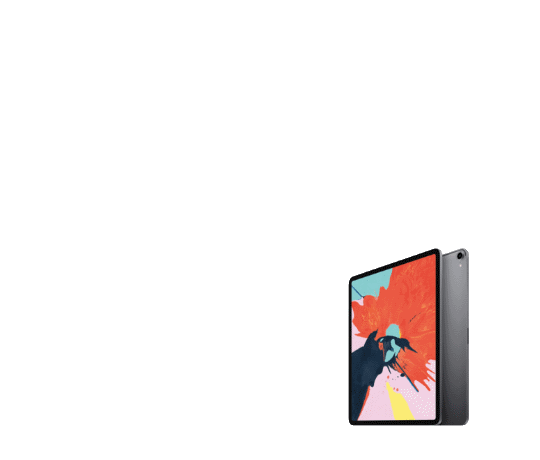New iPhones! 11, Pro and Pro Max Announced!

It’s time for another Apple event, and last night at the Steve Jobs theater in Cupertino, the company blazed through a ton of new products from gaming and streaming services to iPads and Watches.
But as is usually the case each September, we’re also getting to see new iPhones. Three of them this time!
Apple unveiled the iPhone 11 Pro and iPhone 11 Pro Max, its high-end smartphones that’ll join the slightly cheaper iPhone 11. The 11 Pro models are direct successors to last year’s “XS” phones, while the 11 is the cheaper alternative following the iPhone XR.

While the iPhone XS and XS Max featured two cameras, one for standard wide shots and another for telephoto and portrait pictures, the Pro models add a new 12MP ultra-wide lens like the iPhone 11. Similar to how a telephoto lens can zoom into a shot, the ultra-wide lens will let you zoom out a bit, allowing you to capture more of a scene without stepping back.
The big takeaway is that you’ll have a lot more flexibility when taking photos with iPhone 11 Pro and Pro Max.
 Both Pro phones feature “Super Retina” OLED screens with a 2,000,000:1 contrast ratio and up to 1,200 nits of brightness. And yes, their screen sizes remain the same as well: 5.8-inches for the iPhone 11 Pro, and 6.5-inches for the 11 Pro Max. The new displays are 15 percent more energy-efficient than before, according to Apple.
Both Pro phones feature “Super Retina” OLED screens with a 2,000,000:1 contrast ratio and up to 1,200 nits of brightness. And yes, their screen sizes remain the same as well: 5.8-inches for the iPhone 11 Pro, and 6.5-inches for the 11 Pro Max. The new displays are 15 percent more energy-efficient than before, according to Apple.
They also feature 458 pixels per inch and still sport HDR and Dolby Vision compatibility. Basically, they seem like a nice step forward from the iPhone XS and XS Max OLED screens, and a notable upgrade from the iPhone 11’s LCD.
The iPhone 11 features an anodized aluminum and glass design and adopts a 6.1-inch LCD TrueTone display, similar to the XR’s “Liquid Retina” panel. Possibly inspired by companies like Huawei and Samsung delivering flagships in gorgeous finishes, Apple is also offering the iPhone 11 in six colours.

It has two rear cameras – one is a 12-megapixel sensor while the other a 12-megapixel ultra-wide camera. The camera app UI has also been tweaked to show you what the wider lens sees while you’re framing your shot with the main camera. Apple also updated its imaging algorithms to better process skin tones, highlights and shadows, as well as offer optical zoom and portrait effects via the dual cameras.
There’s also a new Night mode that comes on automatically when the iPhone 11 determines it’s “dark enough” – It opens up the lens for longer periods when there’s no movement in the scene to let in more light, then uses noise reduction to clean up the resulting image.
Around the front, the TrueDepth camera has been updated with a 12-megapixel sensor for wider group selfies.

The iPhone 11 is powered by the A13 Bionic processor, unsurprisingly, which Apple says is even more powerful than the chipset on the iPhone XR (A12 Bionic). Graphics are similarly competent, with Apple claiming once again this is the fastest processor in a smartphone.
We’ll have news on when it will be available at TEK-Shanghai very soon, so keep an eye and ear out!

